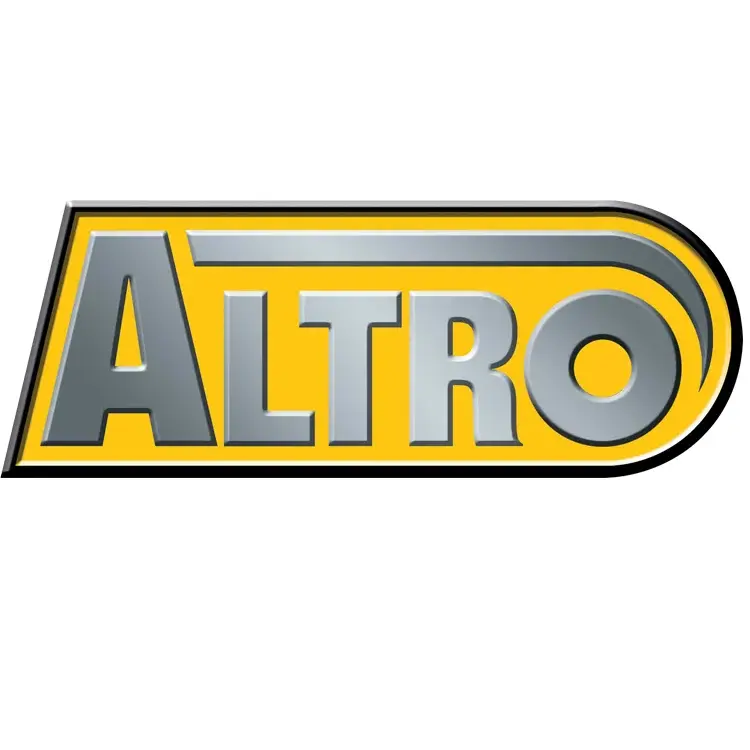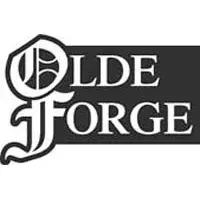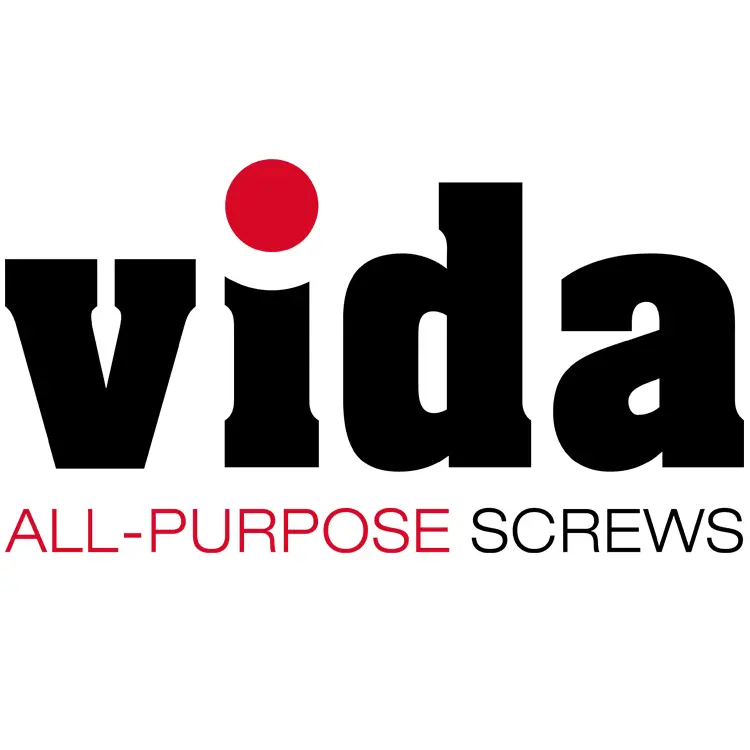7th May 2024
The Different Types of Door Handles | How to Choose a Handle
Learn the different types of door handles with our essential guide. We'll break down what each handle does, so you can determine the right option for you.
IronmongeryDirect
7th May 2024
5 mins
The different types of door handles
Door handles come in a variety of shapes, styles and finishes, so it can be tricky to choose the right one for your home or workplace. Our experts are on-hand to help you find the ideal option, breaking down each type of handle and explaining the role that each one plays.
Once you know which one you need, check out our extensive collection of door handles including kits, handles on rose and backplates.
Lever handle on rose
Ideal for: quick access
The lever handle on rose might sound obscure, but it’s actually one of the most common types of door handle around. The rose in question refers to the plate at the handle’s centre, upon which it can be levered down to unlock the door. Some rose plates can be removed when fixing a handle, usually with an allen key.
Whilst a door handle on rose is visually similar to one with a backplate, the central pivot is much smaller and creates a more minimal aesthetic compared to a larger backplate. Typically they also don’t feature escutcheons, keyholes or locks, so they are best suited for doors you don’t need to secure.
Lever door handles on backplate
Ideal for: homes or rooms that need securing
As we mentioned previously, lever door handles can also be fitted to a backplate instead of a smaller rose plate. The effect of having this larger backplate is significant, as it creates room to fit an escutcheon or keyhole for locking the door should you need to.
Door handles with a backplate can also afford more room for creativity, compared to the minimalistic look of the lever handle on rose. Black iron backplates create an antique and rustic aesthetic, harkening back to the Tudor style of design, yet you can also buy chrome backplates that look more modern.
Pull handles
Ideal for: accessibility
For doors that open inwards, a pull handle is an ideal choice. Its simple design means a pull handle can easily be used, making it great for accessibility in the home or workplace. They are also incredibly versatile and come in a range of styles such as a standalone handle, on rose plates or a backplate.
Pull handles typically don’t feature a lock, so they are best installed on doors where you only require quick access instead of security.
Door knob
Ideal for: homes, heavy cabinet doors
The door knob is a classic in interior design, providing security while maintaining a simple and clean look. They have graced doors for centuries and owe much of their longevity to the myriad of styles they come in, be it a vintage brass door knob or a sleek and modern chrome option.
The most common types of door knob are the mortice and rim varieties. A mortice door knob is installed into the door itself, and is typically connected to a lock or latch that releases when the door knob is turned. A rim door knob is different; this type is fitted onto the door rather than within it, and functions by pulling outwards to open the door instead of with a turning motion.
Thumb latch handle
Ideal for: garden gates, cottage doors
This type of door handle is most frequently found in older buildings or on outside gates. The thumb latch handle works by pressing the lever down with your thumb while gripping the handle, thereby releasing the latch on the other side. The handle itself can be connected to the door via a backplate or rose plates.
When you want to give a door a rustic, countryside look, a thumb latch handle is a top choice. They can also be paired with a chain for additional security.
Cabinet handle
Ideal for: kitchens
The cabinet handle has a distinctly different shape compared to the traditional bar design. Rather than a narrow handle, a cabinet handle usually features a solid semi-circle that you tuck your fingers underneath and pull. This movement is more naturally suited for opening drawers, so you’ll commonly see this type of handle in kitchens.
You now know the key types of door handle and how they are used. If you’re curious about pairing a new door handle with a bolt lock, we also have the information you need to choose the right one for your requirements.
FAQs
What does PZ mean on a door handle?
‘PZ’ refers to the distance between the centre of the handle and the keyhole. This is an important measurement when checking the dimensions of a door handle unit.
Do I need a left or right-handed door handle?
You can determine which door handle you need by checking the hinges. If the hinges are to the right of you when facing the door, the handle will need to be on the left, and vice versa.














